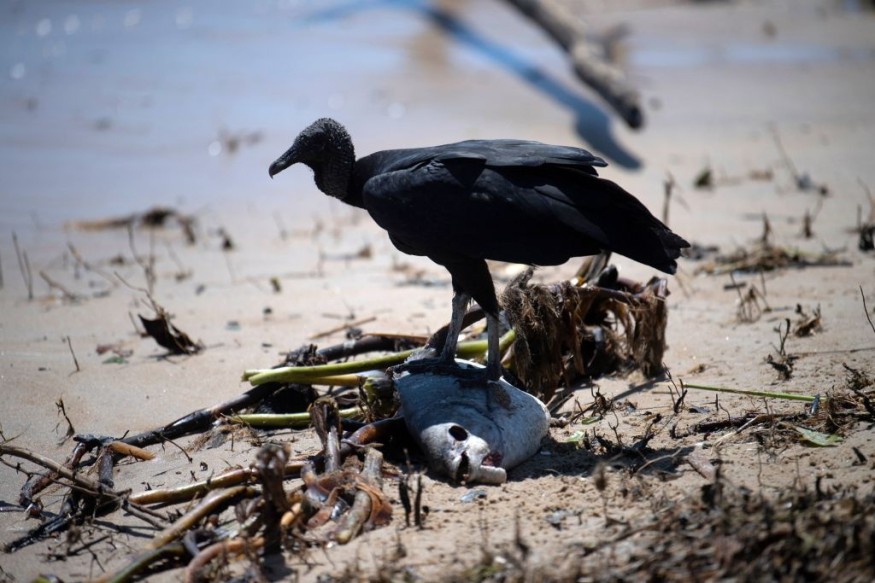
For more than a century, evolutionary biologists assumed that a specimen unearthed in South Australia was a strong grave eagle (Taphaetus lacertosus). Nevertheless, fresh study has made known its actual classification system: it's a vulture, and it's the nation's first.
Ancient Fossil of Vulture
The predatory vulture Cryptogyps lacertosus which means powerful concealed vulture, existed approximately 500 and 50,000 years ago, according to the fossils. It's an 'Old World' eagle, and comparable species may still be seen presently - but not in Australia, as per Science Alert.
The categorization demonstrates how diversified the megafauna as well as various species were in this portion of the planet throughout the Pleistocene epoch, which lasted around 2.5 million years and concluded approximately 11,700 years ago.
While as per Flinders University paleontologist Ellen Mather interview with The Guardian, researchers examined the archaeological evidence to birds of flight from throughout the entire globe, and then it seemed evident pretty quickly that this bird really wasn't specialized to being a predator, and so was not a falcon or an eagle.
When researchers positioned Cryptogyps in a phylogenetic ladder, this validated their beliefs that the bird was a vulture, and that experts are extremely thrilled to officially report on this genus.
The initial phase of the relic saga begins in 1901, with the finding of a piece of a wing periosteum nearby the Kalamurina Estate on the Warburton Stream in South Australia. It was quickly identified as from an ancient cousin of the wedge-tailed eagle.
Scientists as well as those behind this current discovery as shown in Eurekalert report, have recently begun to doubt the categorization of the fossil currently recognized as C. lacertosus. It has been proposed that Old World vultures lived in Australia throughout the Pleistocene epoch, and that this specimen could represent one of them.
The finding of additional remains from the Wellington Caves in New South Wales and Leaena's Breath Cave in Western Australia's Nullabor Plains aided the investigators in proving it.
These vultures might have flown with wedge-tailed eagles and stares intently on very huge creatures, like the pleistocene marsupial herbivore Diprotodon and marsupial lion Thylacoleo.
The Only Vulture Ever Discovered in Australia
In his interview Flinders University paleontologist Trevor Worthy explained that the finding answers a question of what transpired to several megafaunal remains when the country didn't host vultures.
Researchers certainly know they were here; they were hiding in the shadows. Some other key finding from the research addressing C. acertosus the variety of birds of prey in Australia was far larger before than it is now.
Vultures have an important part in enhancing corpse deterioration and decreasing transmission of pathogens, yet there are no longer any in Australia. The scientists claim that the vultures' extinction might have shifted the environmental integrity, as other buzzards started to play the similar function - but not in the identical manner.
If C. lacertosus as per Science Times behaved like its contemporary cousins, it might have been usual for numerous of the species to feast on the same cadaver. This would have given it a market advantage over other creatures.
Currently, experts are used to seeing a wedge-tailed eagle nibbling at a kangaroo corpse along the highway. Thousands of years ago, a totally different bird - among the most folks generally connect with the African grasslands - would have occupied the job of carrion eater, The Conversation posted.
Related article : Evolutionary Scientists Demonstrated the Unique Capabilities of Paper Wasps To Learn and Make Social Distinctions
© 2026 NatureWorldNews.com All rights reserved. Do not reproduce without permission.





